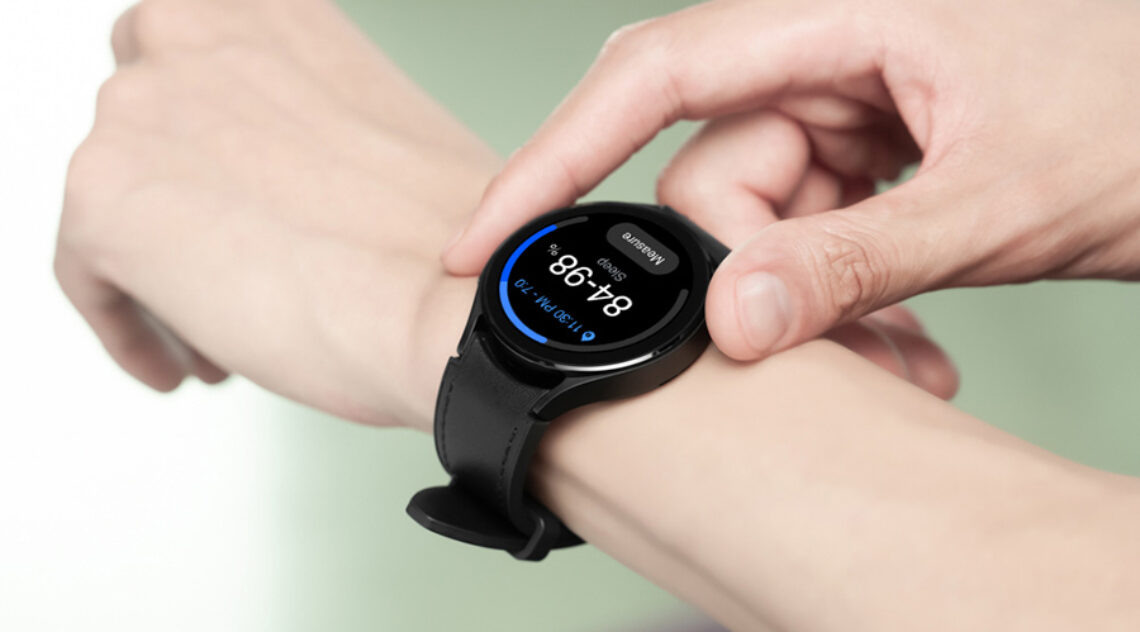
A study published by Sleep Health, the National Sleep Foundation medical journal, suggests the Galaxy Watch4 could potentially be used to measure Obstructive Sleep Apnea (OSA). The study found that wrist-worn trackers, like the Galaxy Watch4, were accurate in continuously measuring oxygen levels in trial patients, enabling researchers to screen for OSA by analyzing data collected by the wearable.
Overview of the study
- A joint research team at the Samsung Medical Center and Samsung Electronics compared Galaxy Watch4’s SpO2 measurements to traditional sleep tracking methods, including a polysomnography’s (PSG) SpO2 measurement and sleep apnea levels used in sleep medicine.
- The study monitored 97 adults, with sleep disturbances from ages 13-44. Participants were classified with normal, mild, moderate or severe OSA.
- Researchers simultaneously measured SpO2 using the Galaxy Watch4 and the traditional system placed on the fingertip. The findings from both methods were aligned, proving the Galaxy Watch4 accurately measures oxygen saturation during sleep andthat it can be used to screen for OSA.
- This study concluded that the Galaxy Watch4 could help overcome thehigh cost and in-hospital requirements associated with traditional measurement tools by monitoring daily sleep patterns directly from a wearable device.
How Galaxy Watch4 measures blood oxygen (SpO2)
- Samsung’s Galaxy Watch4’s reflectance pulse oximeter module – located on the underside of the wearable and directly touching the skin – was used to measure oxygen saturation levels in peripheral blood (SpO2).
What’s obstructive sleep apnea (OSA)?
- OSA is a common sleep disorder, estimated to affect up to 38 percent of the general adult population. The disorder is generally characterized by repetitive upper airway obstruction during sleep, resulting in oxygen desaturation, frequent arousals, and increased sympathetic activity.
- It is estimated that up to 50 percent of men and 25 percent of women in the middle-aged population face moderate to severe OSA.